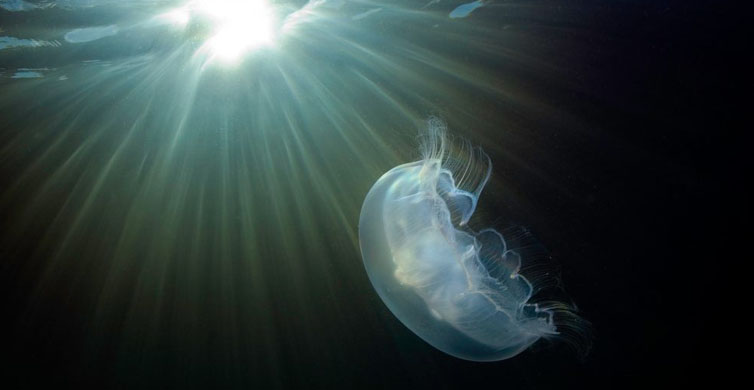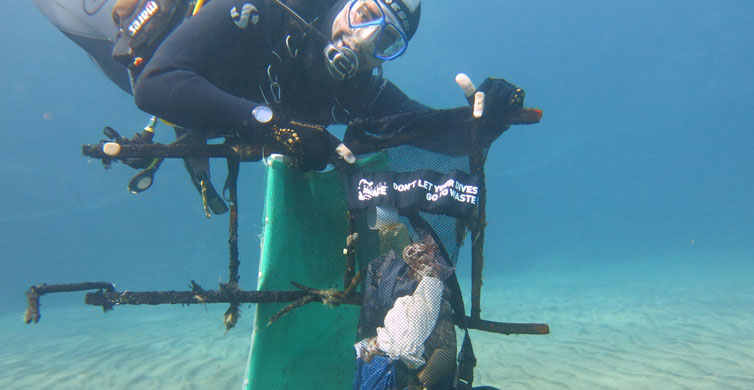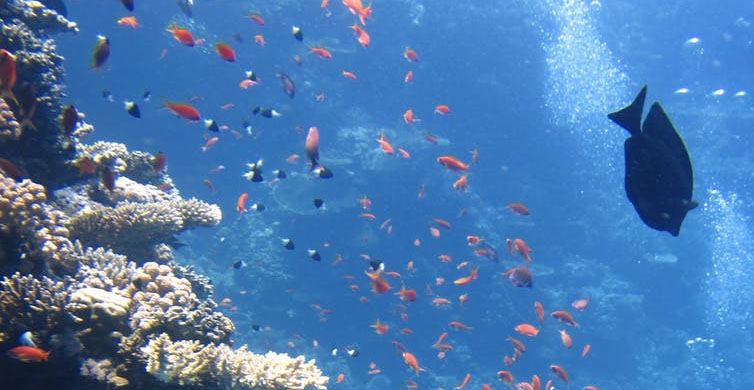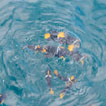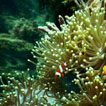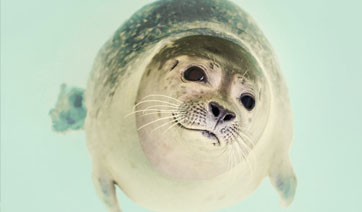We can learn a lot about how we’re treating the planet from the state of its oceans.
Footage of mass coral bleaching caused by rising sea temperatures and images of an astonishing amount of plastic junk and debris collecting in vast masses out at sea serve as all-too-visible signs of environmental decline.
As well as threatening marine life, scientists have found that polluted seas pose a clear danger to human health, as microplastics and toxins find their way into our food supply.
PHONE: +1 805-500-3016


